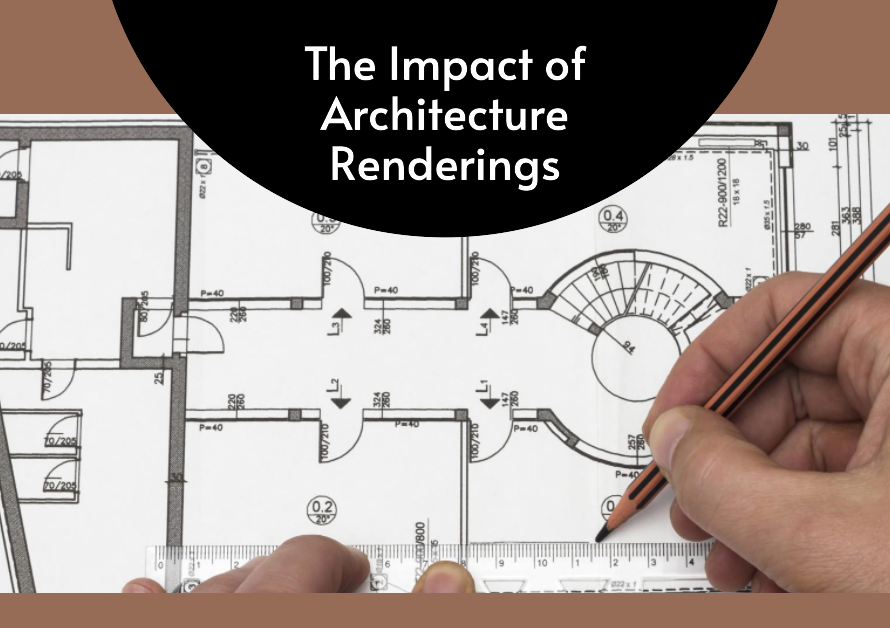
Table of Contents
Introduction:
3D Modeling And Rendering Services For Architects Engineers Real Estate Companies
In the dynamic realm of architecture, engineering, and real estate, visualization reigns supreme. The ability to articulate concepts, designs, and projects with clarity and precision is paramount to success. Herein lies the transformative potential of 3D modeling and rendering services. Leveraging cutting-edge technology, these services offer architects, engineers, and real estate companies the means to bring their visions to life, enabling stakeholders to envision the end product even before construction commences.
The Evolution of Visualization in Architecture and Engineering:
Traditionally, architects and engineers relied on 2D drawings and blueprints to communicate their ideas. While these methods served their purpose, they often fell short in conveying the depth, scale, and intricacies of a design. Enter 3D modeling and rendering services, which have revolutionized the industry by providing immersive, lifelike representations of architectural and engineering concepts. By transitioning from flat diagrams to three-dimensional renderings, professionals can now offer clients and stakeholders a more comprehensive understanding of their projects, fostering greater collaboration and informed decision-making.
The Role of Technology in 3D Modeling and Rendering:
Advancements in technology have been instrumental in driving the evolution of 3D modeling and rendering services. From powerful computer-aided design (CAD) software to photorealistic rendering engines, the tools available to architects, engineers, and real estate professionals have become increasingly sophisticated. These technological innovations not only streamline the design process but also enhance the quality and realism of rendered images, blurring the lines between virtual and physical reality. As a result, clients can experience their future spaces with unprecedented clarity and detail, enabling them to make informed choices and adjustments early in the design phase.
Enhancing Design Communication and Collaboration:
Effective communication lies at the heart of every successful architectural and engineering project. 3D modeling and rendering services serve as invaluable communication tools, allowing designers to convey their ideas with precision and clarity. Whether presenting concepts to clients, collaborating with fellow professionals, or seeking approvals from regulatory authorities, the ability to visualize designs in three dimensions facilitates clearer understanding and consensus-building. By fostering transparent communication and collaboration, 3D modeling and rendering services contribute to smoother project workflows and ultimately, superior outcomes.
Streamlining the Approval Process:
Navigating the approval process for architectural and engineering projects can be a complex and time-consuming endeavor. From zoning regulations to building codes, numerous factors must be considered to ensure compliance and obtain necessary approvals. 3D modeling and rendering services simplify this process by providing stakeholders with a comprehensive visual representation of the proposed project. By presenting designs in a realistic and immersive manner, these services enable regulatory authorities and decision-makers to evaluate projects more effectively, expediting the approval process and minimizing potential delays.


Visualizing Design Iterations and Alternatives:
In the iterative process of design, exploration and experimentation are essential components. 3D modeling and rendering services empower architects, engineers, and real estate professionals to visualize multiple design iterations and alternatives with ease. By rapidly generating and visualizing variations of a concept, designers can assess different options, identify strengths and weaknesses, and refine their designs iteratively. This iterative approach not only fosters creativity and innovation but also ensures that the final design reflects the client’s preferences, functional requirements, and aesthetic aspirations.
Creating Compelling Marketing Materials:
In the competitive landscape of real estate, marketing plays a pivotal role in attracting buyers and investors. 3D modeling and rendering services offer real estate companies a powerful tool for creating compelling marketing materials that showcase properties in the best possible light. From photorealistic renderings of residential developments to immersive virtual tours of commercial spaces, these services enable prospective buyers to envision themselves within the spaces being marketed. By evoking emotional responses and highlighting key features, 3D renderings can effectively differentiate properties in a crowded marketplace, driving interest and ultimately, sales.
Facilitating Stakeholder Buy-In:
Successful project execution hinges on securing buy-in from all stakeholders involved. Whether it’s clients, investors, or community members, each stakeholder brings unique perspectives and priorities to the table. 3D modeling and rendering services facilitate stakeholder buy-in by providing tangible visual representations of proposed projects. By experiencing the design in three dimensions, stakeholders can better understand its implications, visualize its impact, and provide valuable feedback. This collaborative approach not only fosters a sense of ownership and alignment but also mitigates potential conflicts and ensures smoother project execution.
Conclusion:
In the fast-paced worlds of architecture, engineering, and real estate, clarity and precision are paramount. 3D modeling and rendering services offer a transformative solution, empowering professionals to visualize, communicate, and execute their visions with unparalleled clarity and detail. From enhancing design communication and collaboration to streamlining the approval process and facilitating stakeholder buy-in, the benefits of these services are manifold. As technology continues to evolve and innovation flourishes, the role of 3D modeling and rendering services will only become more indispensable in shaping the built environment of tomorrow.



